Brits on bikes with moustaches – As mad as it sounds, this is the image that captured the fascination of Italian frame builder Pietro Dal Molin so much so that he felt compelled to open a factory producing bikes. No, this isn’t the hipster-infiltrated cycling industry of 2018, we’re going right back to the birth of Wilier Triestina in 1906. Between Italy’s Valsugana and Monte Grappa we didn’t just uncover the brand’s history but also a whole lot of ground-breaking carbon fibre technology.
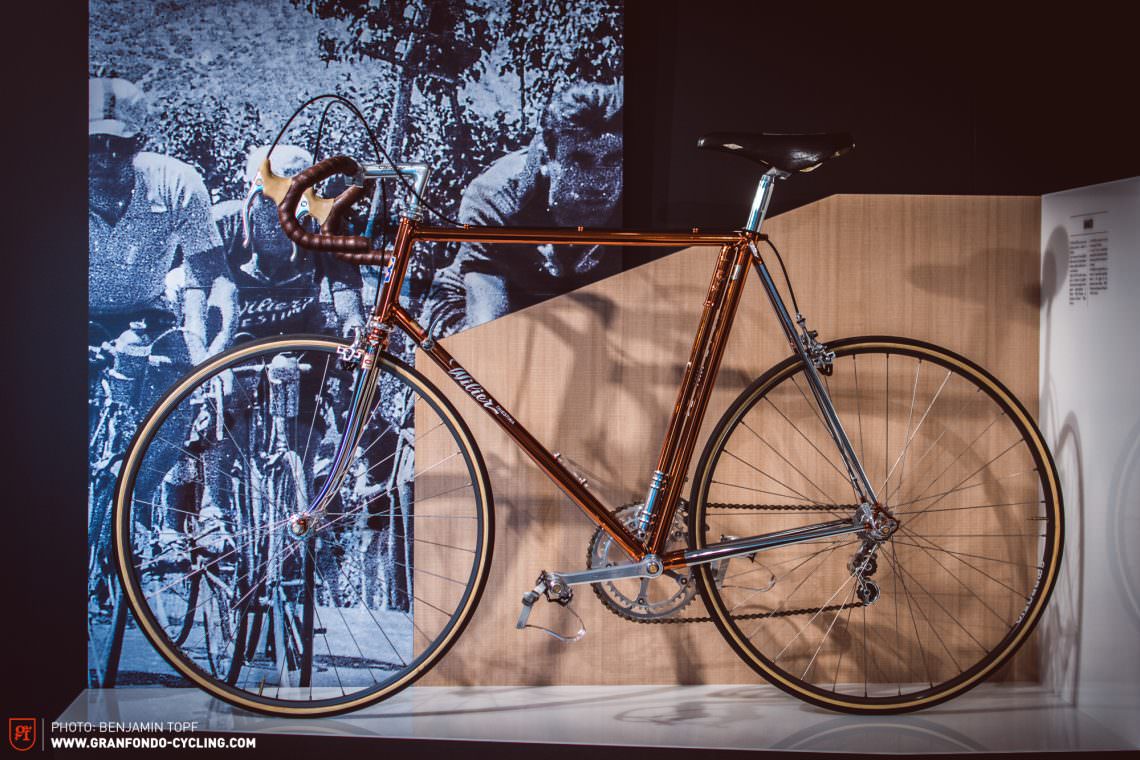
W Italia Libera e Redenta – Long live Italy, liberated and redeemed! As much an acronym for patriotism as it is a synonym for the art of Italian frame building, Wilier didn’t always have this slogan. The frames were first launched with the telling scripture: ‘Dal Molin – Bassano del Grappa’, referring to where they were built, and who by. By the end of the Second World War, however, times were changing – especially in Italy. The brand took a positive spin on the country’s liberation, adopting the above slogan and even starting the first Wilier Triestina top-tier team that competed in the 1946 post-war edition of the Giro d’Italia, comprised exclusively of Italian riders from the local area. In commemoration of the Yugoslav partisans’ expulsion from Trieste, the crest of the controversy-ridden border town that had been occupied by varying powers was added to the jersey and the steel frames of the team received a copper-coloured chrome finish, known as Ramato. Ever since – and much like the rest of Italy – the population between Trieste and Vicenza is still as mad about bikes as they are about significant moments in their history, so it isn’t surprising that these frame builders continue to embrace their roots while still adopting technological advances.
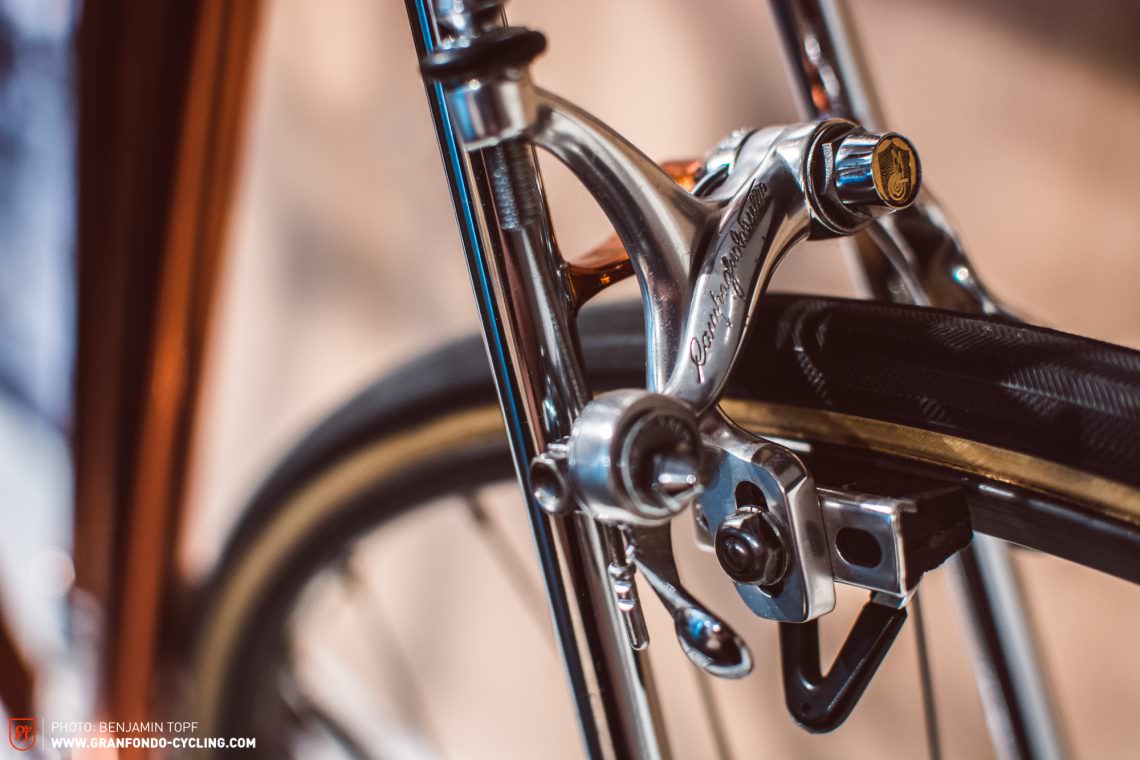
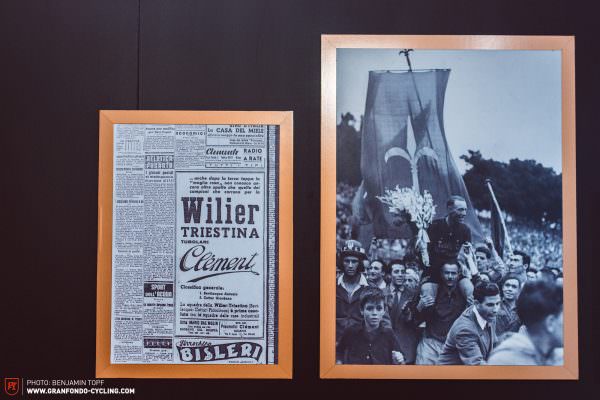
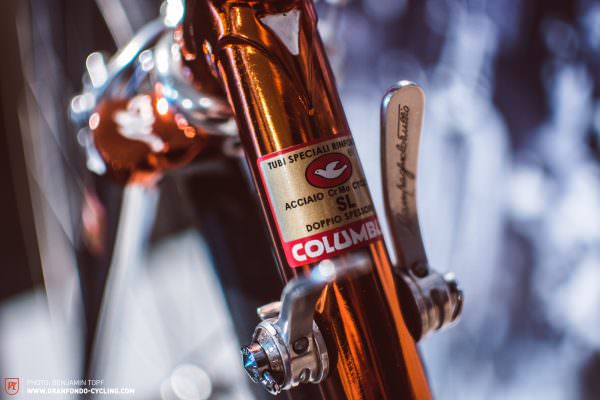
[ˈviljer triesˈtiːna]
The international flair of the Wilier brand is reflected in the nuances of its pronunciation, but while it’s often dominated with a more French-sounding twang, it’s actually a distinctly Italian name accentuating its origins in Bassano del Grappa, northeastern Italy.
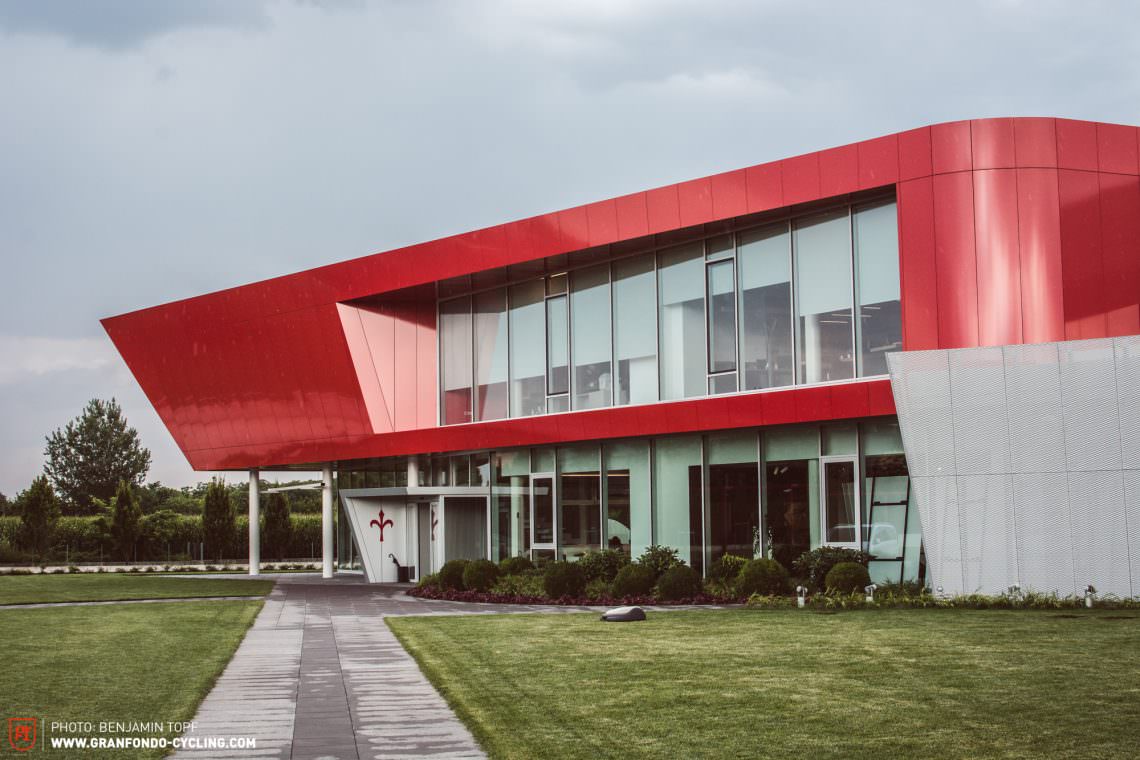
These days at the Wilier HQ, their innovation studio stands next to oily lathes, and high modulus carbon frames from China line up alongside hand-brazed steel frames from Italy. Despite the traditional background chorus of hammer on metal, you also have meticulously measured time trial machines created with CAD-determined aerodynamically optimised tubing to the left of you. Upon entering the futuristic-looking building, we’re immediately offered a coffee while the mother of Michele, Enrico and Andrea Gastaldello, the current CEOs of Wilier Triestina, hands us the daily edition of La Gazzetta. Through the glass wall behind the reception desk, you can dimly make out suited-and-booted men, heads bowed, brooding over sketches.
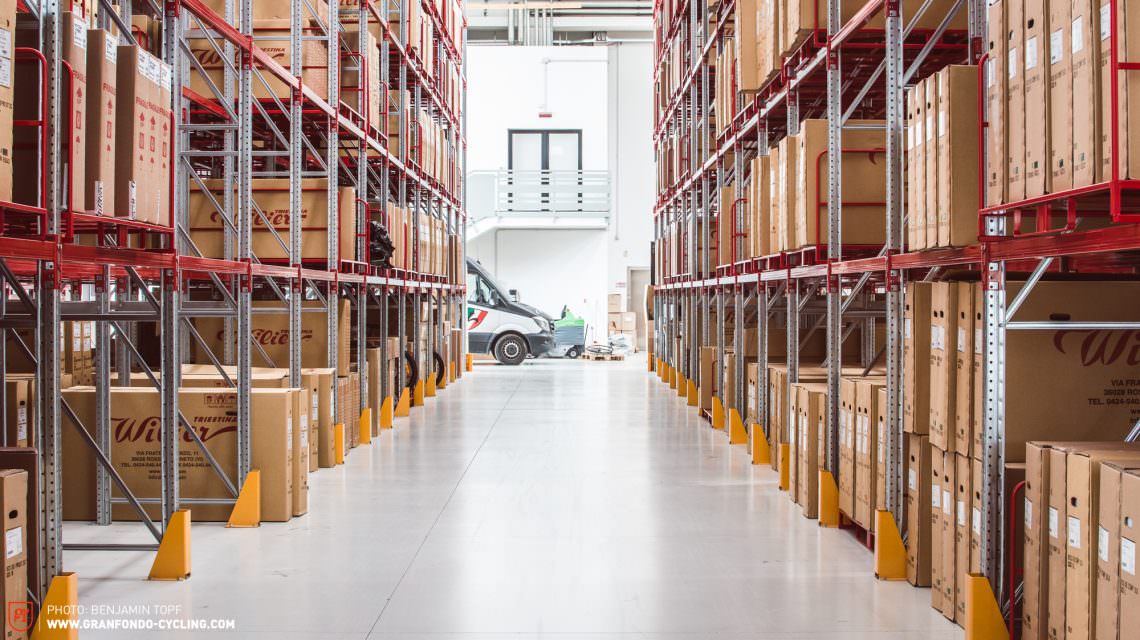
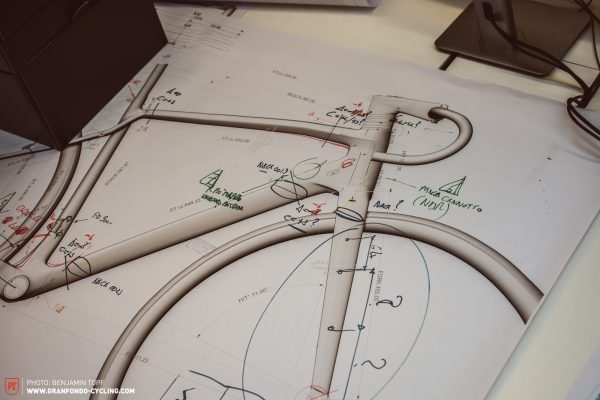

At their base in Rossano Veneto, just a few kilometres from Bassano del Grappa, Wilier currently employs around 45 people. Around 40 high-end bikes emerge from the assembly hall each day, where they’re put together by hand. The brand’s more entry-level models are imported from China and Taiwan for distribution by the brand. In a vast on-site warehouse of bike parts and frames, snippets of conversations echo around the high shelving units, with talk of Campagnolo Super Record and carbon bars briefly interrupted by talk of nieces and nephews.
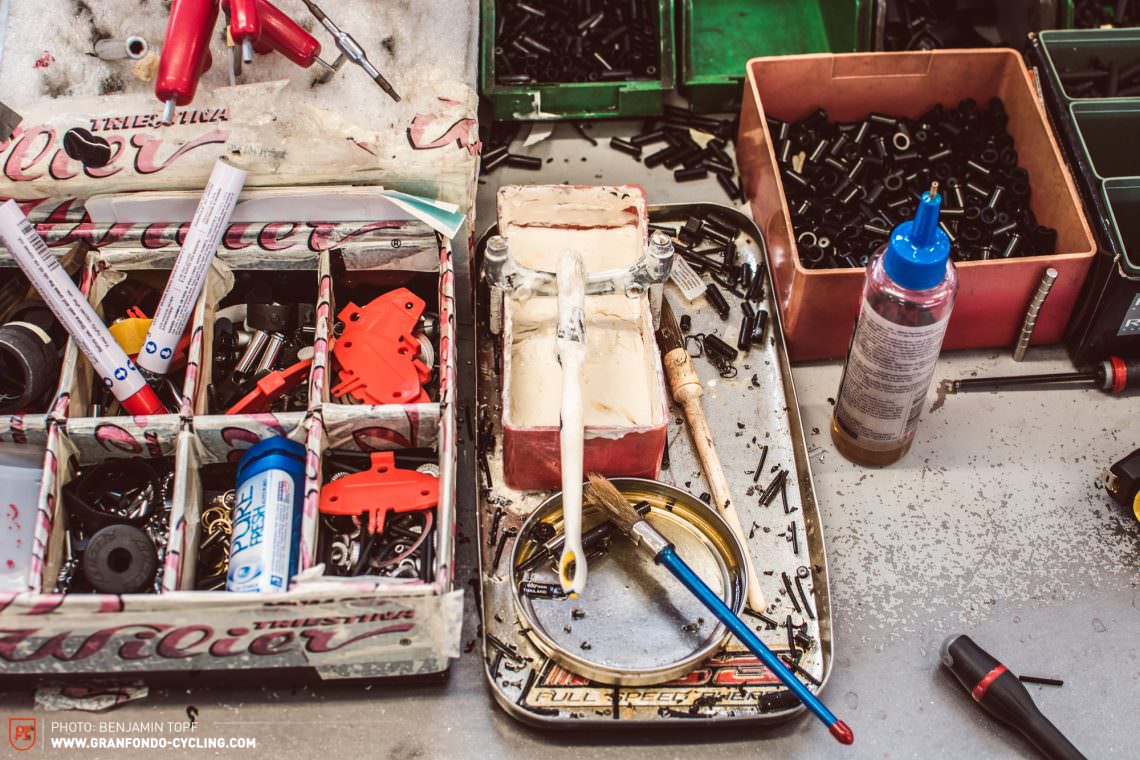
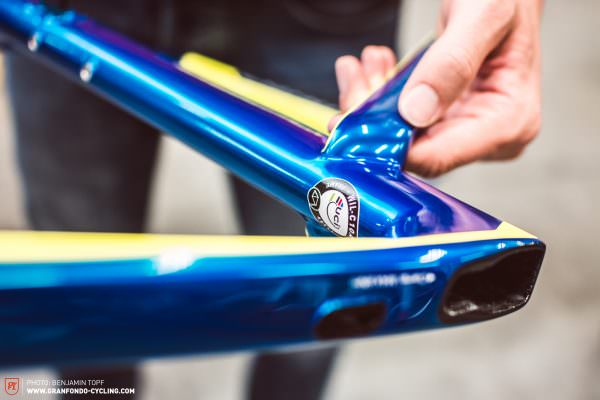
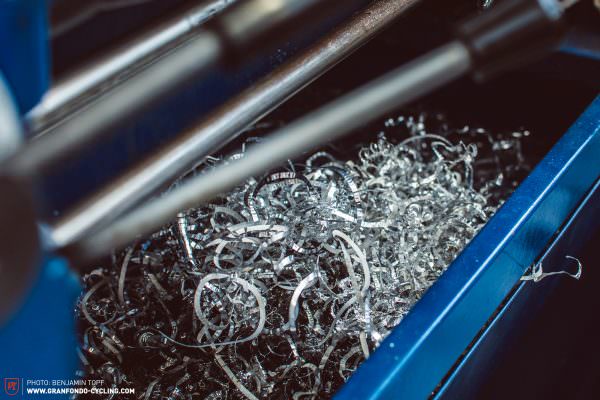
That Ramato colourway from the post-war frames is omnipresent these days, whether you’re opening one of the packages for delivery or browsing the company’s in-house museum. The carbon frame of the newly launched Cento10 Air is giving a new lease of life to the inimitable finish, a proud display of how historical awareness can be merged with the ultra-new technology. Despite forgoing the brand’s distinctive finish, their Cento1 Hybrid is proof that the brand aren’t scared of the future by adopting the Ebikemotion system and motor. At 11.9 kg, this lightweight e-road bike was screaming at us to get out for a ride in the vicinity of the brand’s HQ, encircled by mountains. We obliged, naturally, and were not disappointed.
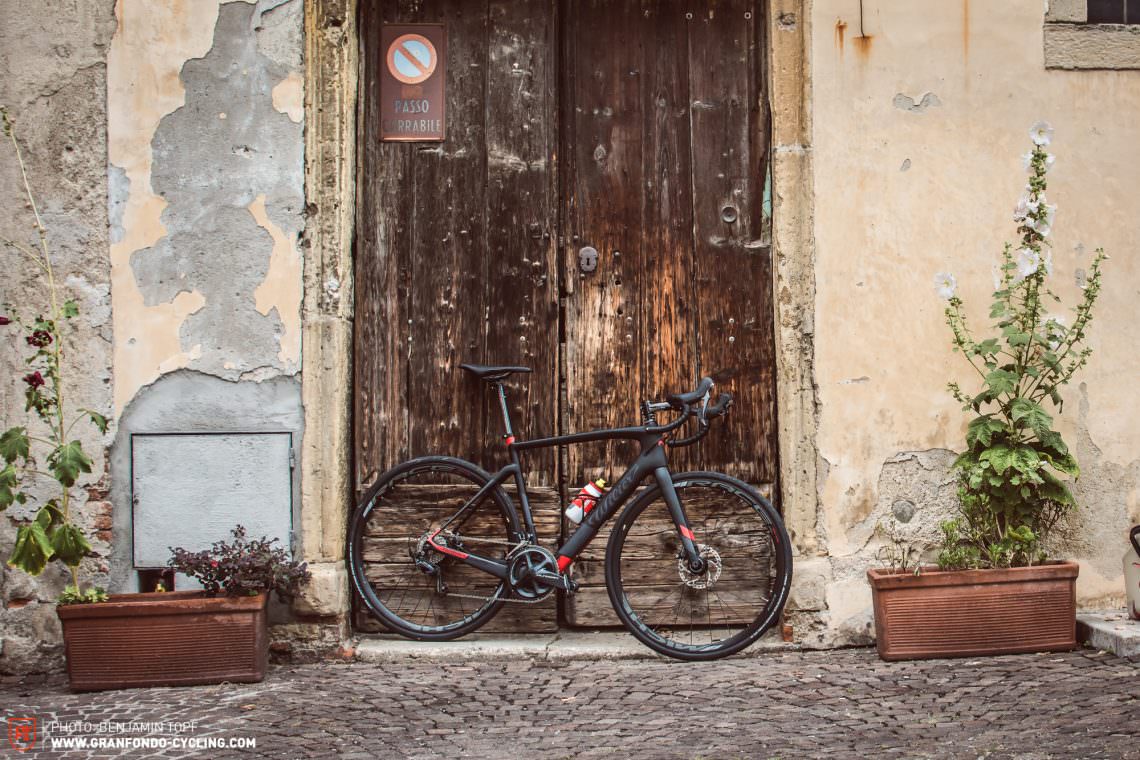
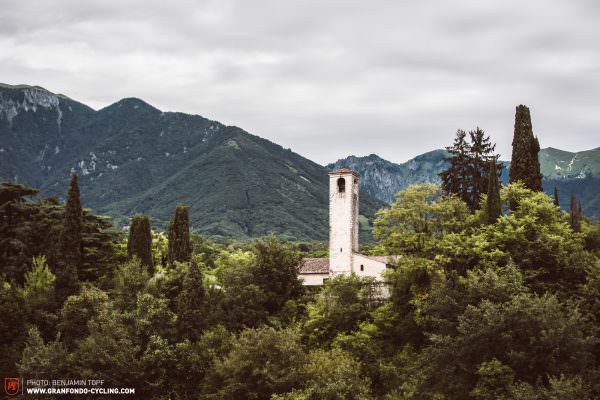

But in order to truly grasp the concept of Wilier Triestina, we realised it would take more than just a visit to the HQ. We set off on the roads around the HQ, ducking into some of the many cafes that lie between the vast plains of Veneto and Monte Grappa, where cycling history is poured generously into wine glasses and espresso cups. As investigative journalists on this ride, we opt for coffee instead of wine, and water instead of spirits – although having to reject the frenetic gestures to try the local wine and grappa verges on sacrilegious.
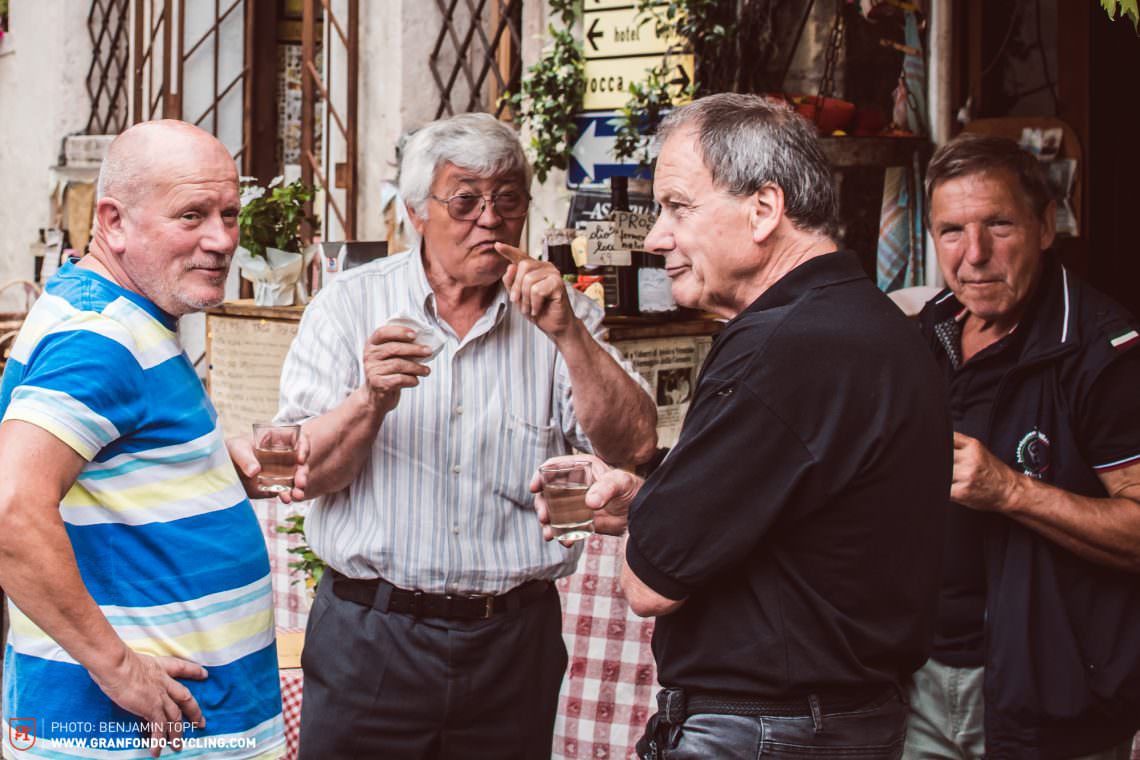

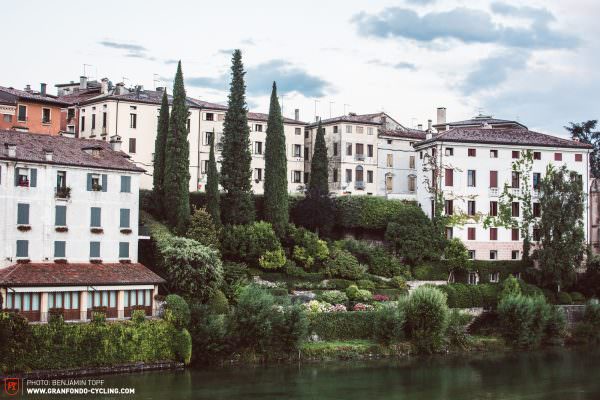
After a short break, we embark on the climb of Monte Grappa from Semonzo, where we’re greeted with a breath-taking panorama once we’ve left the woods behind us. It’s the sort of view that sets your heart racing– one of those ecstatic ‘why we ride’ moments that doesn’t need for a throat-burning drink to raise your spirit. As a climb, it’s one that gradually ramps up towards the top so save yourself for the upper part if you’re after the Strava segment. At the top of Monte Grappa the huge monument to World War I is only accessible by foot, so we reverently observe the view and scan the horizon. To our left, we can see the peaks of the Dolomites and just about make out Venice in the distance on the right. Below us, the sight of the 28 hairpins we’ve just ridden now fade out of sight.
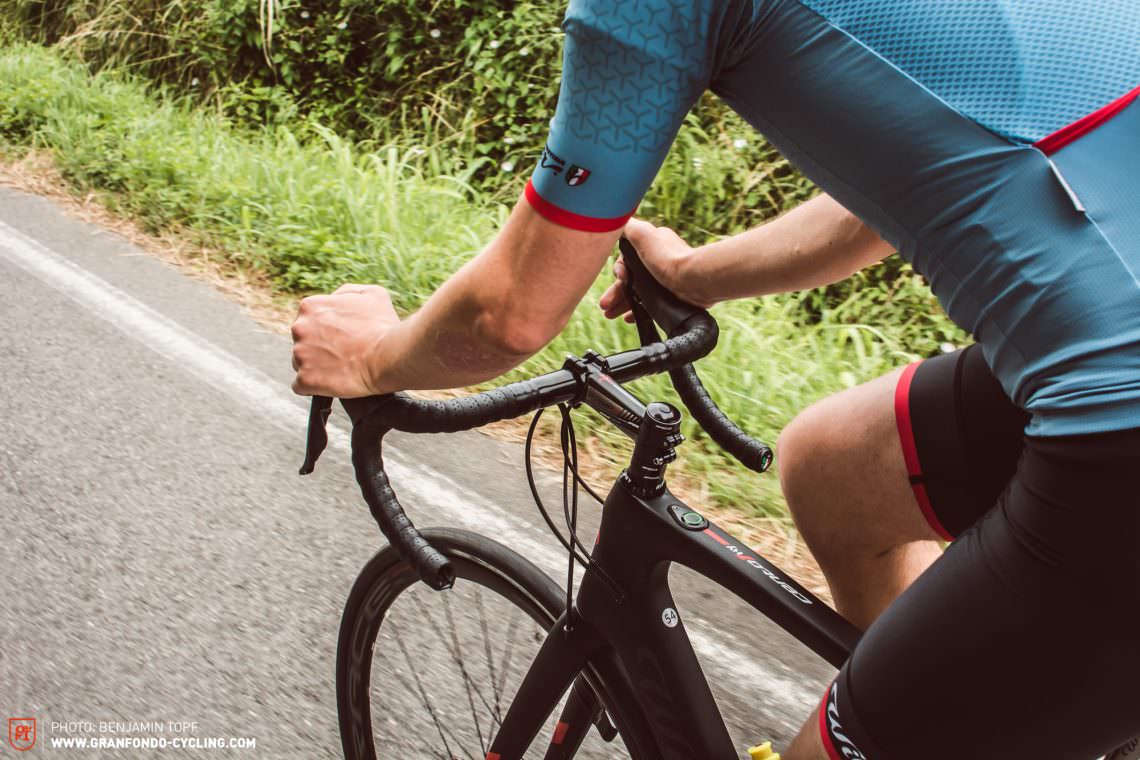

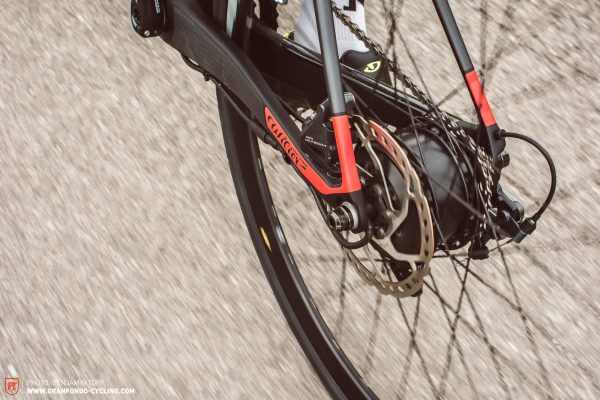
It strikes us that Wilier’s spirit seems more embedded in the ascent of the legendary Monte Grappa than it does in the glass façade of their HQ. A sort of consensus that the old times are worth valuing while still embracing innovation and progress, where the past meets the future in order to enrich the ‘right now’. The history of Wilier Triestina isn’t a dusty edition of indistinct tales, but a genuine experience that can be traced on the roads of Veneto and the climb of Monte Grappa.
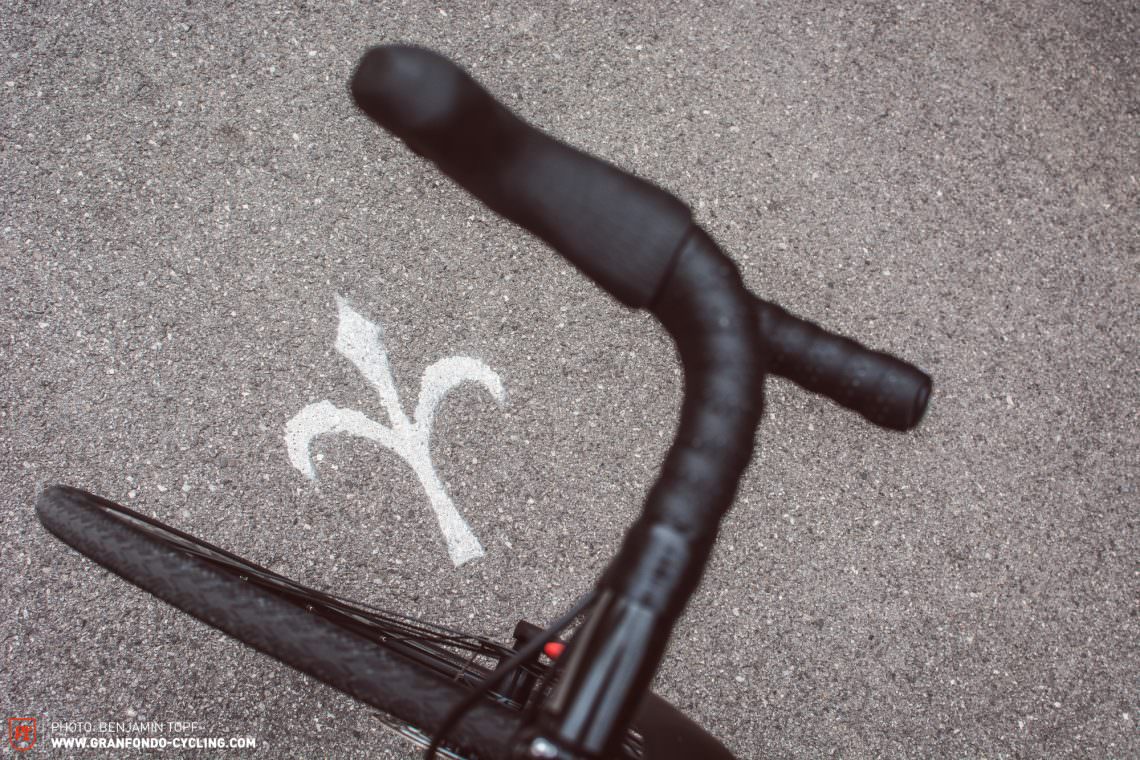
This article is from GRAN FONDO issue #009
GRAN FONDO Cycling Magazine is published in a digital app format in both English and German. Download the app for iOS or Android to read all articles on your tablet or smartphone. 100% free!

Did you enjoy this article? If so, we would be stoked if you decide to support us with a monthly contribution. By becoming a supporter of GRAN FONDO, you will help secure a sustainable future for high-quality cycling journalism. Click here to learn more.
Words & Photos:









